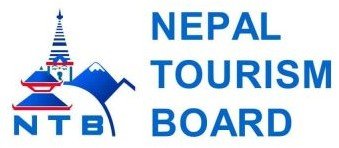Everest Trekking in Autumn : September, October, and November

1st Oct, 2023
- teamramadventure
Everest Trekking in Autumn with Team Ram Adventure: September, October, and November - A Complete Guide
Table of Contents
Autumn on the Everest trail is a visual treat that has enticed trekkers globally. The spellbinding beauty of the Himalayas unravels between September and November, revealing magnificent landscapes, spirited festivities, and serene vibes. Let Team Ram Adventure be your guide through the unparalleled experiences and everlasting memories of trekking Everest during this golden season.
Reasons to Choose Everest Trekking in Autumn
Enchanting Scenery and Cultural Richness
The Everest region during Autumn is nature's canvas filled with vivid panoramas and verdant valleys. The skies are a clear azure, and the climate is favorable for those passionate about deciphering the mysteries of the Himalayas. The trails buzz with energy, and the celebratory spirit of Dashain and Tihar festivals grants trekkers an insight into the area's rich cultural tapestry.
Optimal Trekking Environment
September signals the conclusion of the monsoons, ushering in crystal-clear skies and a rejuvenating ambiance. October, the heart of Autumn, boasts temperate weather and minimal rains, presenting unmatched vistas of the Himalayan range. November, although introducing winter, still guarantees pristine views and quieter paths, assuring an unspoiled trekking escapade.
September's Everest Trek:
September offers an enchanting prelude to the Everest Base Camp journey. As the rains dissipate, skies become vibrant, celebrating nature in full bloom. The daytime in September is pleasant for hiking, while evenings carry a mild chill. Carrying warm attire and layered clothing can be beneficial.
Trekking Everest in October:
October is a prime month for the Everest Base Camp trek. Clarity in the skies ensures awe-inspiring mountain panoramas daily. Furthermore, regional festivals may offer delightful cultural encounters, adding an element of festivity to the trek. Daytime in October is sunny and apt for hiking. However, as altitude increases, nights can be colder, necessitating warm clothing.
November's EBC Trek:
Considering an Everest Base Camp trek in November? Brilliant choice! Trails are more secluded, surrounded by tranquil nature. The majority of days promise clear skies, amplifying the majestic views. November can be cooler, especially during nights at higher altitudes. Packing extra warm gear and a snug sleeping bag is wise for this period.
Gear Essentials for Autumn Trekking in Everest:
Essential Tools and Planning:
An Autumn trek requires meticulous packing. Must-haves include layered clothing, durable trekking boots, reliable backpacks, top-grade sleeping bags, trekking poles, and detailed maps. Accessories like sunblock, water purification tablets, and personal first-aid kits are essential. Gear up keeping in mind Everest's varying climatic shifts and diverse landscapes.
Health and Altitude Preparation:
Peak fitness ensures a memorable expedition. Incorporate aerobic workouts, strength training, and altitude-specific exercises. Stay aware of altitude sickness symptoms and always carry necessary medicines.
Autumn Everest Trek Routes and Itineraries:
Iconic Stops and Expert Recommendations:
Your Everest trek with Team Ram Adventure will guide you through iconic spots such as Lukla, Namche Bazaar, Tengboche, Dingboche, and Gorakshep. Team Ram Adventure offers comprehensive maps and well-structured itineraries, guaranteeing seamless journeys across these scenic landscapes.
General Itinerary:
| Day | Location | Altitude |
|---|---|---|
| 1 | Kathmandu-Lukla | 2800m |
| 2 | Lukla-Namche | 3440m |
| 3 | Namche | Acclimatization Day |
| ... | ... | ... |
| Final Day | Return to Kathmandu | - |
Autumn's Everest Highlights:
Culture and Nature's Marvels:
Autumn unveils Everest's grandeur, from spirited Namche Bazaar to tranquil retreats like Tengboche monastery. The panoramic sights of Everest, combined with the region's unique biodiversity, enhance the trek's appeal.
Vibrant Setting and Experiences:
Each step in Everest during Autumn unveils diverse experiences. Landscapes adorned with prayer flags, warm-hearted locals, and a rich cultural ambiance ensure lasting memories.
Altitude Sickness Navigation during Everest Autumn Treks:
Prevention and Awareness:
Altitude sickness can be a concern in Everest. A gradual ascent, proper hydration, and scheduled acclimatization stops are essential. Listen to your body and respond to any early signs of discomfort.
Weather in Everest During Autumn:
Climate Details and Gear Suggestions:
Autumn in Everest is a mix of warm days and chilly nights. Temperatures range from 15°C to -10°C, with colder spells at higher elevations. Predominant clear skies occasionally give way to late-November snowfalls. Adaptable dressing and the right equipment are crucial.
Documentation for Everest Autumn Treks:
Necessary Permits and Guidance:
Ensure you have all required documentation for the Everest Trekking. Key permits include the TIMS card, Sagarmatha National Park Entry Permit, and Khumbu Pasang Lhamu Rural Municipality Permit. Team Ram Adventure assists in obtaining all necessary permits for a hassle-free experience.


 Plan Your Trip Now
Plan Your Trip Now 










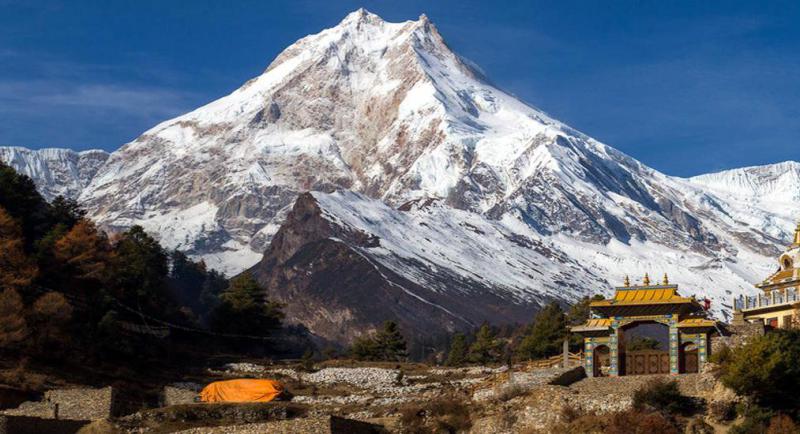











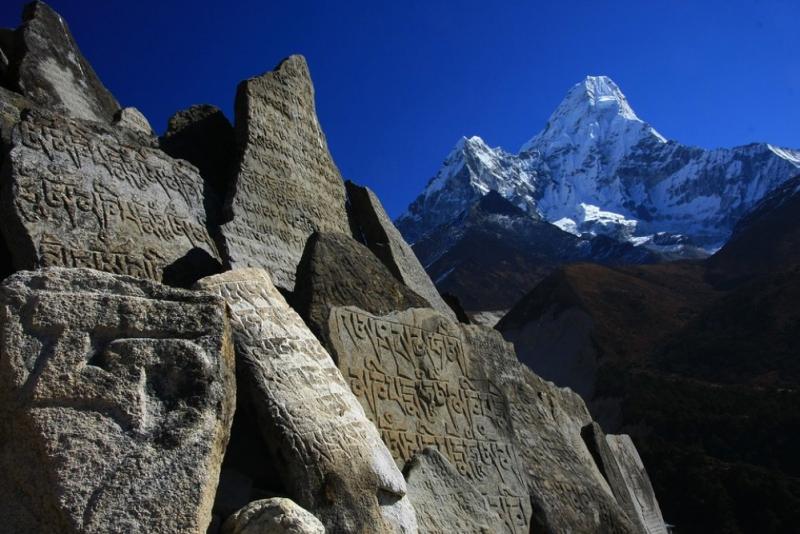






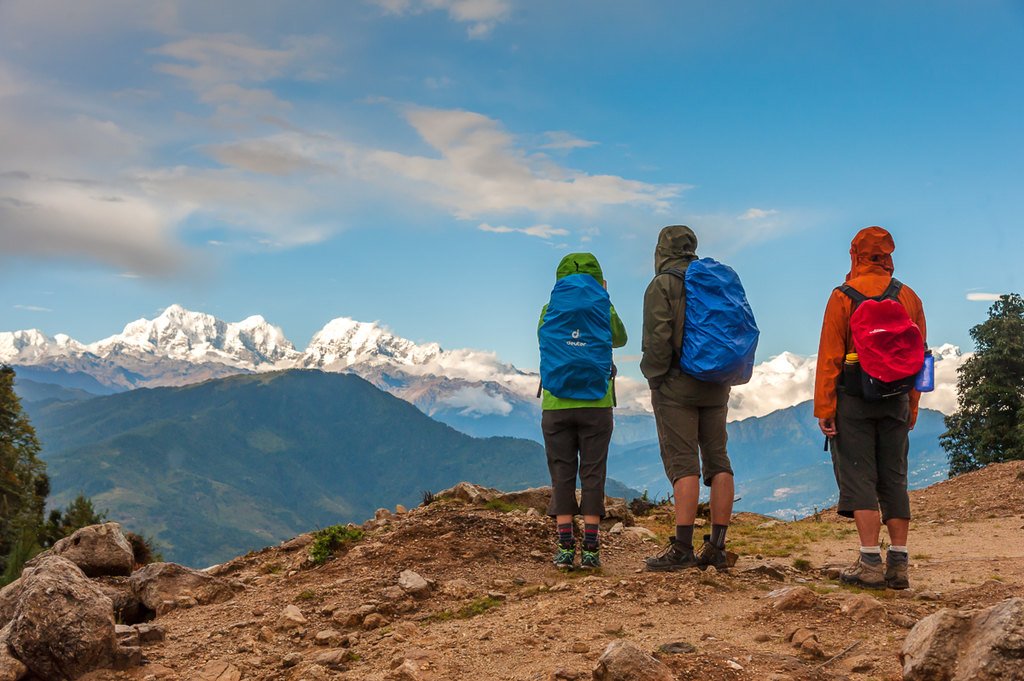
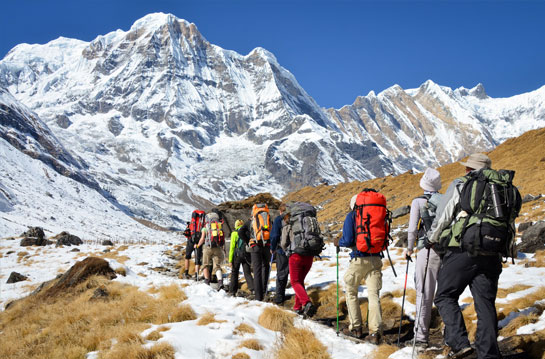
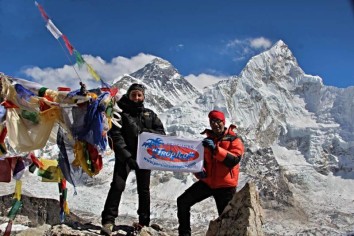






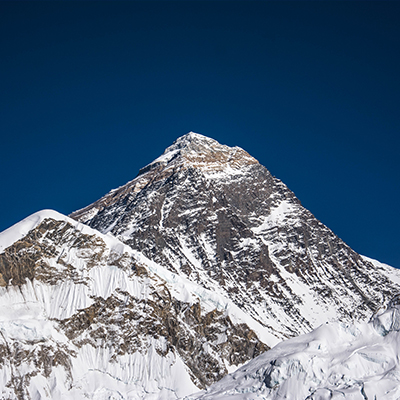


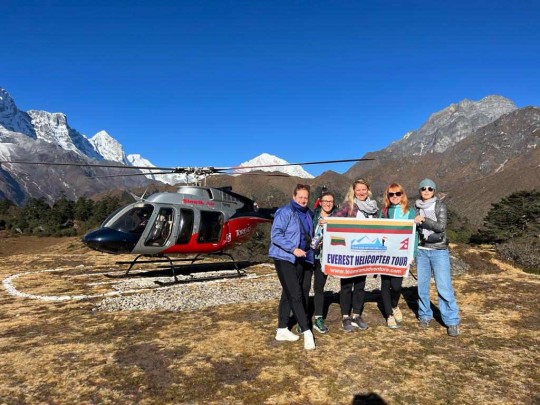



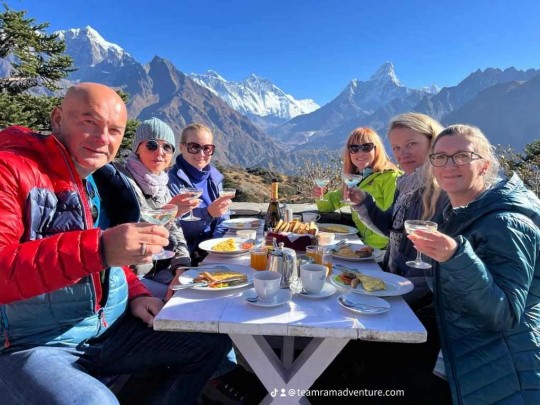







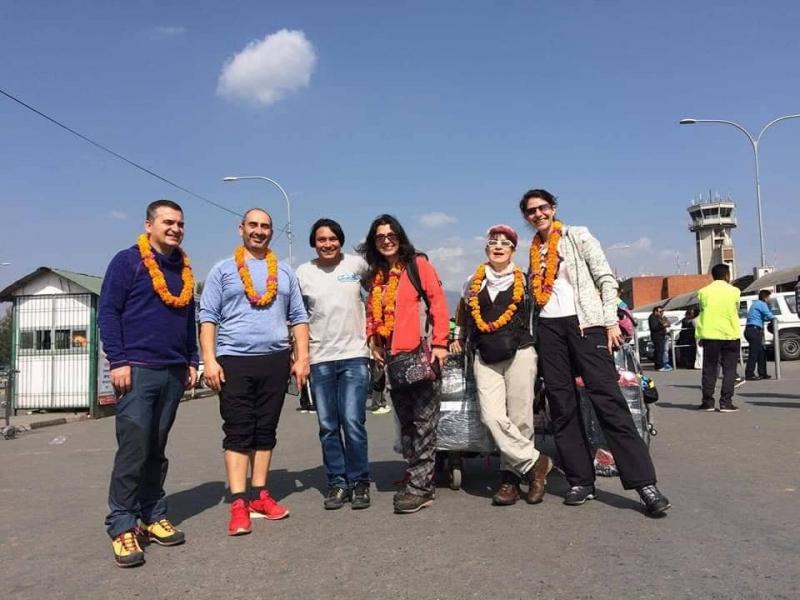












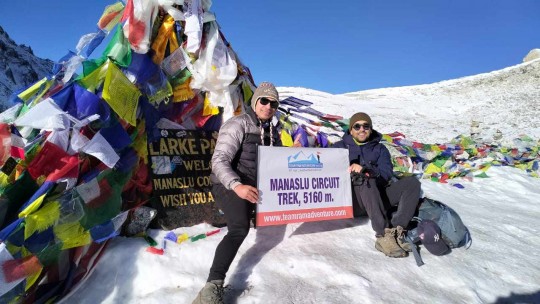
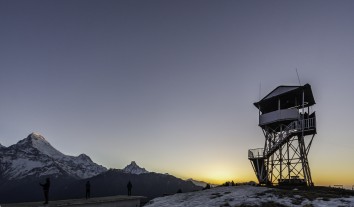
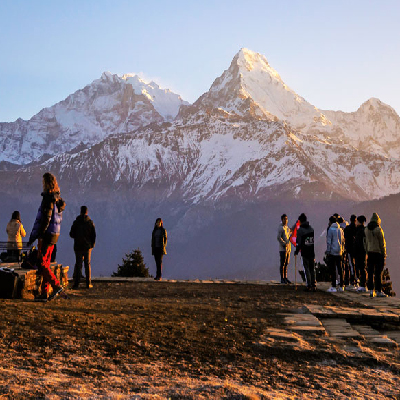










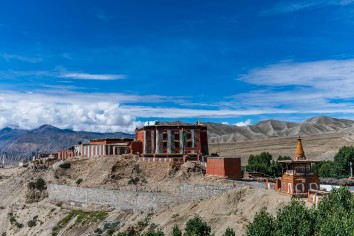


.jpg)







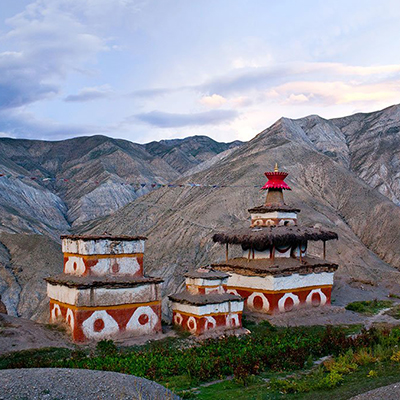
.jpg)


.jpg)

